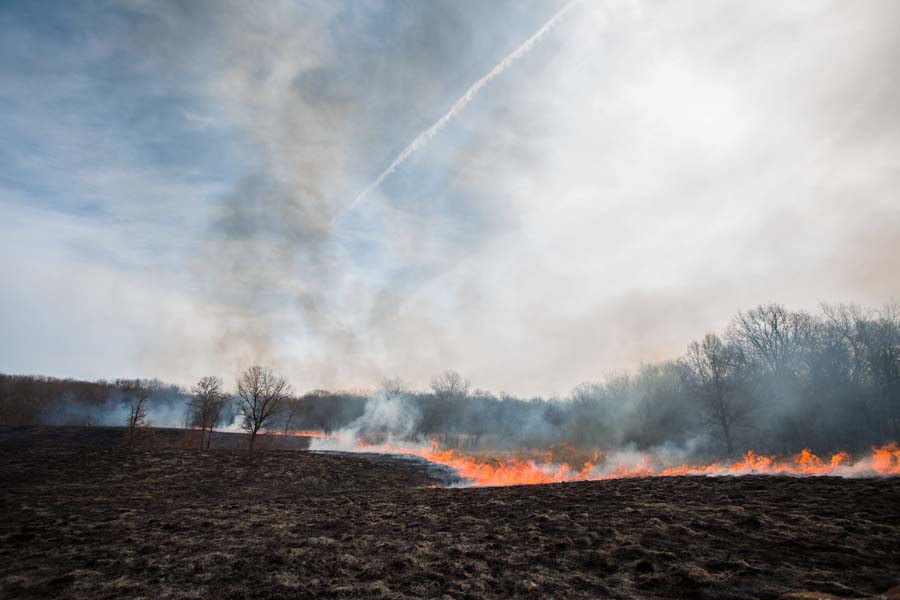

Annual Burn Restores Prairie
Asian Studies alum fulfills vow to attend first Prairie Burn
Published on April 05, 2017


Asian Studies alum fulfills vow to attend first Prairie Burn
Published on April 05, 2017